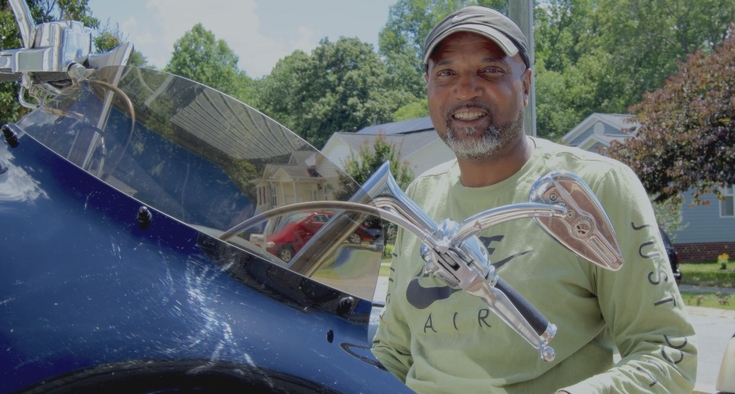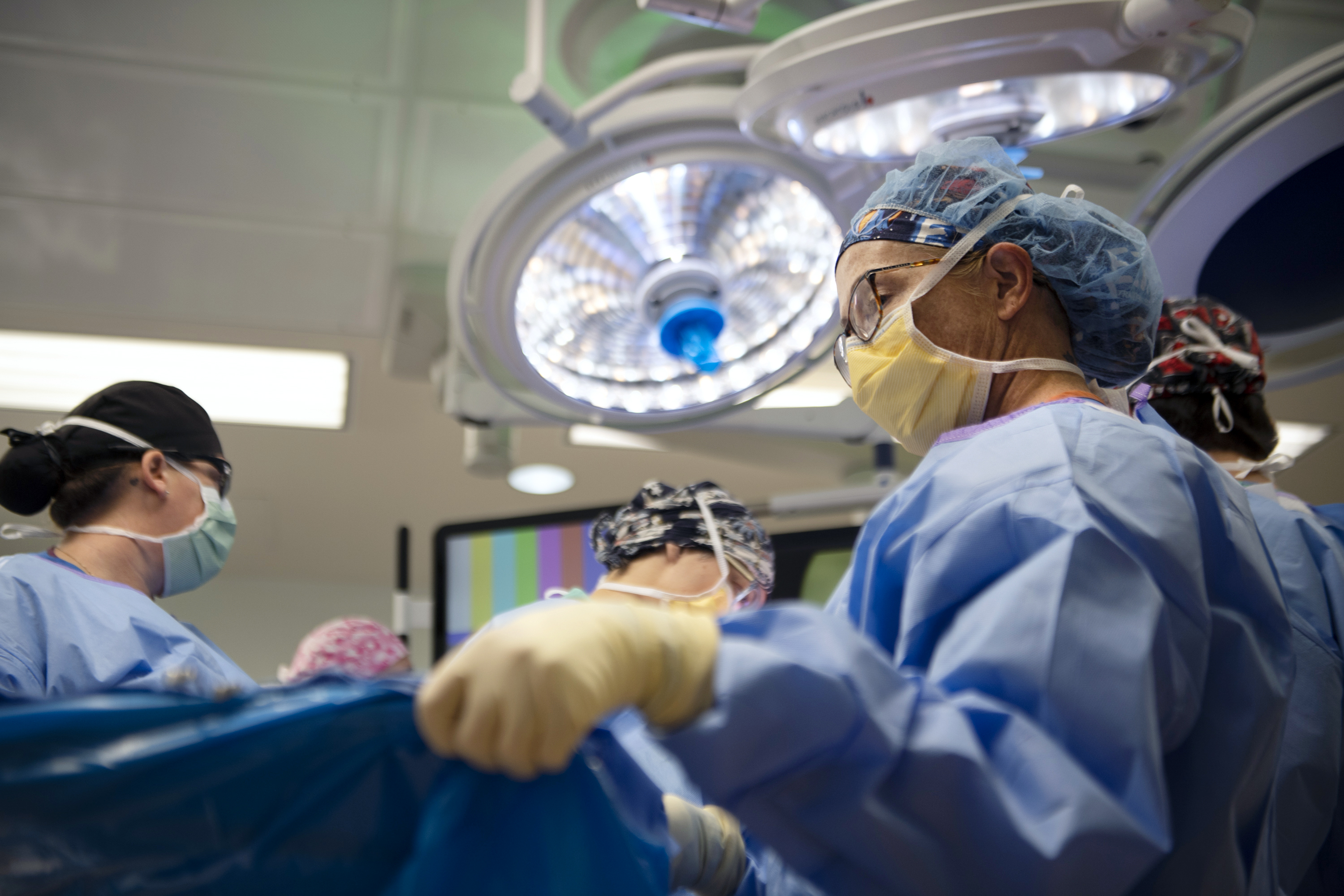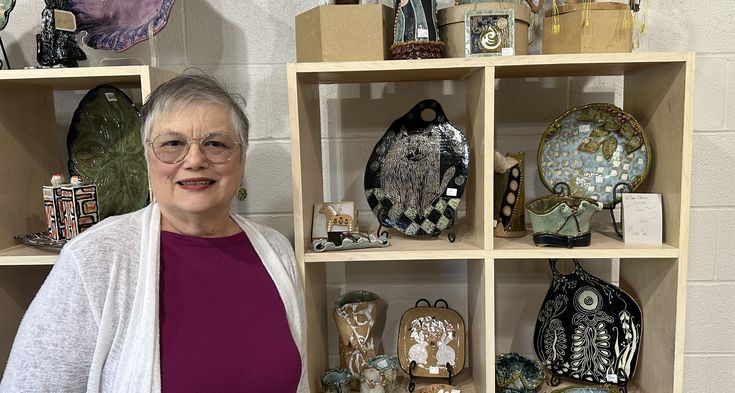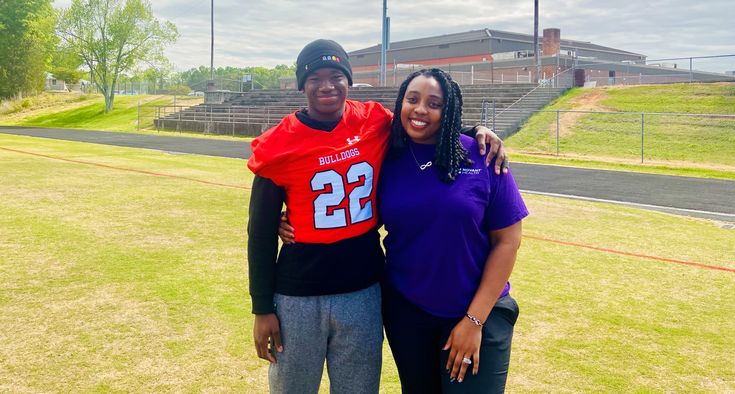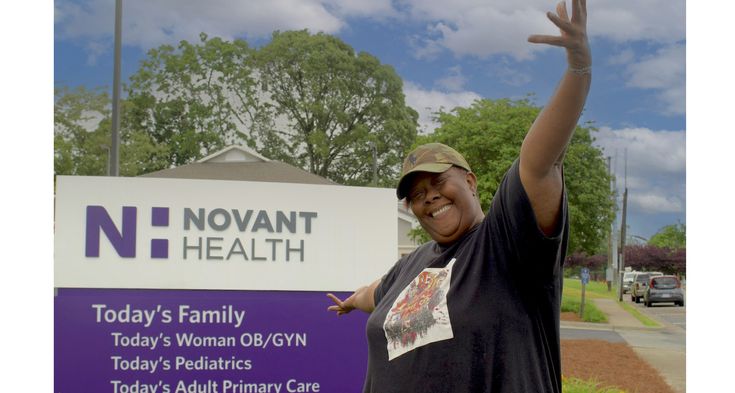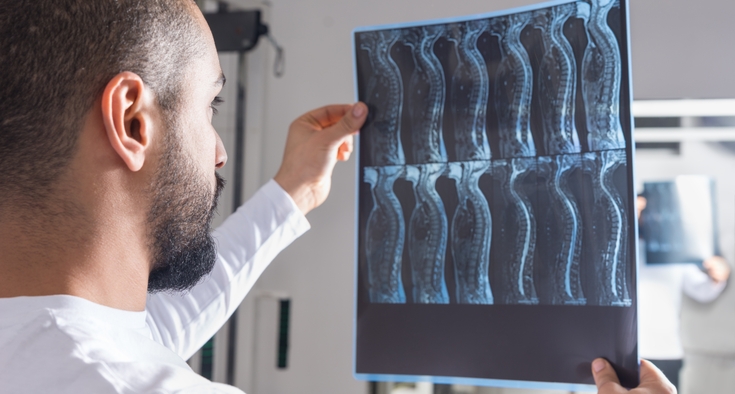If you have neck pain that has gotten worse over time, Norman Johnson feels your pain. Or rather, he did — until a spinal surgery, coupled with help from Novant Health’s expert spine navigator, wiped it all away.
A slow drip of pain
Johnson, age 52, of Winston-Salem has been a truck driver for 26 years. And not just any truck — Johnson drives an 80,000-pound tanker truck that carries 9,000 gallons of gas when it’s fully loaded. When he gets to his assigned gas stations, he hooks up a hose from his truck to the fuel tanks and fires up a pump to offload the gas.
It’s physical work — involving squatting, bending, turning, lifting, gripping and maintaining correct driving posture for hours at a time — so a little soreness was expected. A father of five, Johnson was used to pushing through discomfort to get the job done. But then his aches turned into pain.
“You know how you are going about your day, and you have a pain and you’re like, ‘Man, where did that come from?’” Johnson said. “That’s what I got.”
It started in his neck. As time went on, the pain began radiating into his arms and hands. Johnson tried physical therapy, injections and medications, including anti-inflammatories and gabapentin.
“You name it, I can claim it,” Johnson said of the many treatments he tried, but nothing helped. He stuck with the same doctor (not affiliated with Novant Health) for 20 years, but “didn’t get results,” Johnson said.
Instead, the pain grew worse.
The advanced spine, back, and neck care you deserve.
‘Driving is my life’
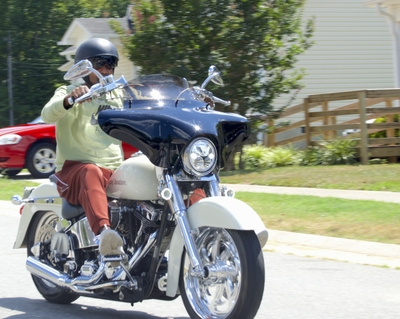
Johnson was used to driving 500 to 600 miles in a day — on workdays and his days off. On weekdays, he drives the tanker truck. On the weekends, it’s a motorcycle.
He has a Harley-Davidson Fat Boy and a Suzuki sportbike and, on his days off, loves riding state-to-state or up to the mountains with friends. Sometimes, his mom will even ride on the back.
“Driving is my life,” Johnson said. “And riding is my biggest passion above it all.”
As his ordeal progressed, though, Johnson began having to stop every 5 to 10 miles on his bike due to severe pain. Eventually, he couldn’t ride at all.
‘It really tears you down’
By late 2023, Johnson couldn’t do yard work. He couldn’t wash his motorcycles, much less ride them. And the agony that came with completing even basic tasks was growing unbearable.
“It got to the point where you didn't really want to eat, but you know you had to. You had to sleep, but you just couldn't get comfortable. No matter what position or way you tossed and turned, you couldn't find a peace with yourself,” Johnson said. “When you think you have to finish your life out like that, you feel bad about a whole lot of things.”
He was also facing the possibility of no longer being able to work.
“It really tears you down not to be capable of what you did throughout the rest of your life,” Johnson said. “All of a sudden, it seems like it’s coming to a halt. It really affected my emotions an awful lot. I didn’t know where to go.”
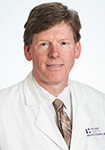
At his wife’s encouragement, Johnson visited internal medicine physician Dr. Anthony Kummer of Novant Health Adult Primary Care Miller Street in Winston-Salem and told him what was at stake. Kummer listened — and made a referral.
Kummer sent Johnson to spine surgeon Dr. Scott Nimmons of Novant Health Brain & Spine Surgery - Kimel Park in Winston-Salem. Nimmons doesn’t want to perform surgery on someone if they don’t need it.
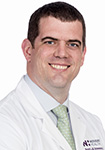
He evaluated Johnson, heard everything he had already tried, and found he had a herniated disc and bilateral stenosis — a narrowing of the space in the spinal canal that pinches the nerves — located at the base of his neck. Nimmons decided that a surgery called anterior cervical discectomy with fusion (also called ACDF surgery) was the right option.
In this procedure, the patient is first put under general anesthesia. Nimmons then makes a small incision in front of the neck, temporarily moves the breathing and swallowing tubes (trachea and esophagus) out of the way, removes the disc(s) causing the issues, cleans the area and then puts in a piece of bone where the disc had been. He secures this new bone in place with a metal plate and screws, moves the breathing tubes and swallowing tubes back in place, and closes the incision site.
Novant Health Forsyth Medical Center has earned The Joint Commission’s Gold Seal of Approval for spine surgery in recognition of the hospital’s commitment to providing safe and quality patient care. TJC is one of the nation’s leading health care accreditation organizations trusted by over 24,000 organizations globally to uphold standards that improve patient outcomes.
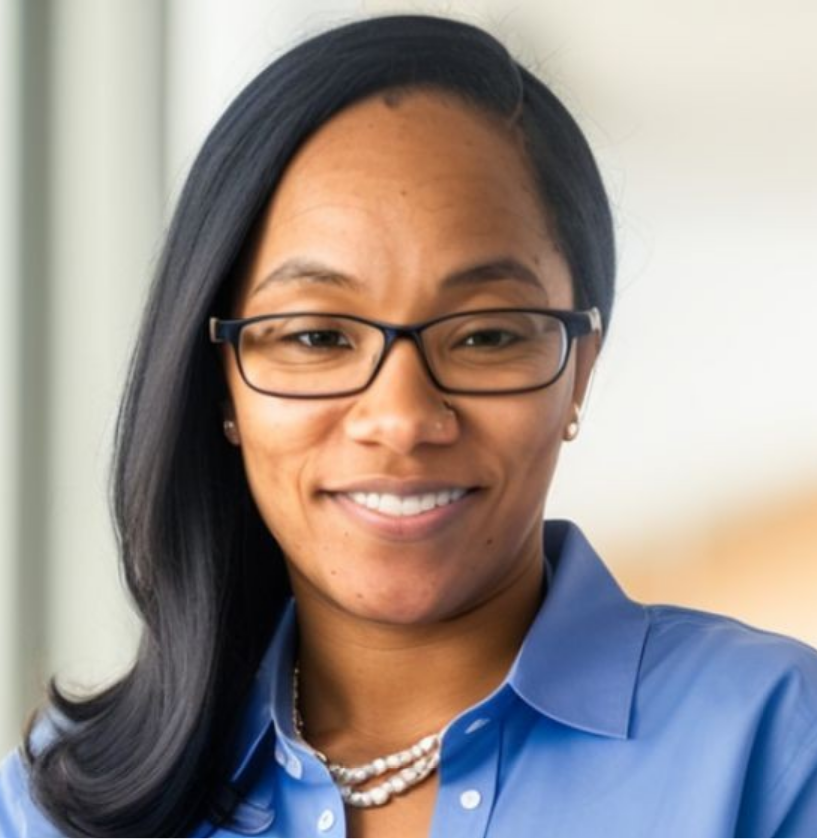
Before surgery, Long calls patients and figures out if it’s safe for them to be discharged to their house. She covers issues like shower and toilet height, stairs, the type of transportation patients will need and who will be taking care of them postoperatively.
If they need equipment like walkers,
Long also goes over any special instructions from the surgeon, and answers questions patients may have about the surgery and hospital stay.
“Everything I needed, she took care of,” Johnson said. “Talking with her made me relax a lot more.”
It also improved his chances of a safe recovery. Through their comprehensive efforts, Long and Novant Health’s spine council team have achieved a 3.8% hospital readmission rate for their spinal surgery patients (the national average is 5.4%) and reduced post-surgery emergency room visits from these patients by 4% over just two years.
Johnson also enjoyed another aspect of the call: Long, a fellow rider, “has a lot of knowledge about motorcycles,” he said. “I found that to be rather impressive.”
Through philanthropy, Novant Health provides greater access to lifesaving care for more patients by supporting patient navigators, like Jacquin Long. A special thank-you to all our team members and community philanthropy partners who gave through Novant Health Forsyth Medical Center Foundation to make the spine navigator position possible for our patients. To learn more about the Novant Health programs and initiatives being supported by your regional foundation, click here.
Gifts through Novant Health foundations accelerate, expand and enhance care for patients. To make your own impact, where 100% of your gift will support the program of your interest, make a gift today.
Long said it’s important to find these connection points with patients, who are usually in tremendous pain before surgery. “I just try to find something to help make that connection that there is a light at the end of the tunnel,” Long said. “They need to have a drive to get better and navigate this spine surgery process from beginning to end and be open to knowing and trusting our team to get them back to the activities they desire to do.”
Nimmons said that Long "has a gift for empathy,” which ultimately helps patients. “Her place on the perioperative team allows patients to feel more informed and comfortable with their upcoming procedure. She serves as an important resource for our patients."
‘Instant pain relief’
Johnson underwent surgery Feb. 27, 2024.
“Right before the surgery, I can remember my last pain, but after the surgery, I remember not having any pain,” Johnson said. “It was like you've been congested, and all of a sudden you can breathe.”
Johnson said he felt “the normal feelings you’re going to have after surgery,” but added, “I can honestly say that my hands, my neck, my arms weren’t getting the pain I was having before. It decompressed my body. I feel lighter.”
After surgery, he stayed two nights at Novant Health Forsyth Medical Center. His wife and his mom alternated staying with him at the hospital, and Long visited him in the hospital to check on him and assess whether he had any additional needs.
Once Johnson was home, he got another call: this time from Nimmons, checking to see how he was doing. Johnson told him the surgery “was like instant pain relief.”
Breakfast club now, and round trip on the horizon
To occupy himself during recovery, Johnson has started a breakfast club with a friend, and Erica reported that he’s recently been doing light chores like laundry, dishes and sweeping the floor. “You can’t keep him down!”
He also performed his neck exercises faithfully. Erica reported he is “back to his normal self” emotionally. And by June, he was back on his beloved Harley.
“I’m going to get on the highway, go south, go north, go whichever way I head. I don't even have a destination,” Johnson said. “I'm gonna make a big ol' round trip.”

How spine navigator Jacquin Long improves results for patients
Describe your job in a nutshell.
I get to work as part of a much bigger team to “navigate” a patient through the spine surgery process. I like it because I like to see the outcome — like in Norman Johnson’s situation (see main story): someone doing well because all of those moving pieces were there. He had a lot of questions on the front end and was very nervous. I like being able to answer those questions to help patients overcome the fear of having a procedure and see the positive side of life after surgery.
How does your work help spine surgery patients avoid ER visits and hospital readmissions?
A lot of ER visits and readmissions relate to a lack of knowledge or not having the right support at home, which can lead to
In the office, you’re being told that you’re having a really extensive spine surgery. Sometimes it can be information overload. It’s just a lot at one time. My role gives them that one-on-one time to ask questions, address concerns and understand what is happening and what to consider after your procedure has happened. I ensure that they know what to expect, what to do, what not to do and who to contact if they have questions or concerns. I make sure they have all the resources they may need when they go home, and I help them change the plan if needed.
Besides you and the surgeon, who will spine surgery patients work with?
Nurses, a nurse manager, the nursing director, physician assistants, advanced practice providers, case managers, physical therapists, the mobility team, an anesthesiologist and the surgical wellness team. Patients also get a call from the Care Connections team
It’s not just “I’m having a spine procedure and then I’m done.” You may need physical therapy, you may need





